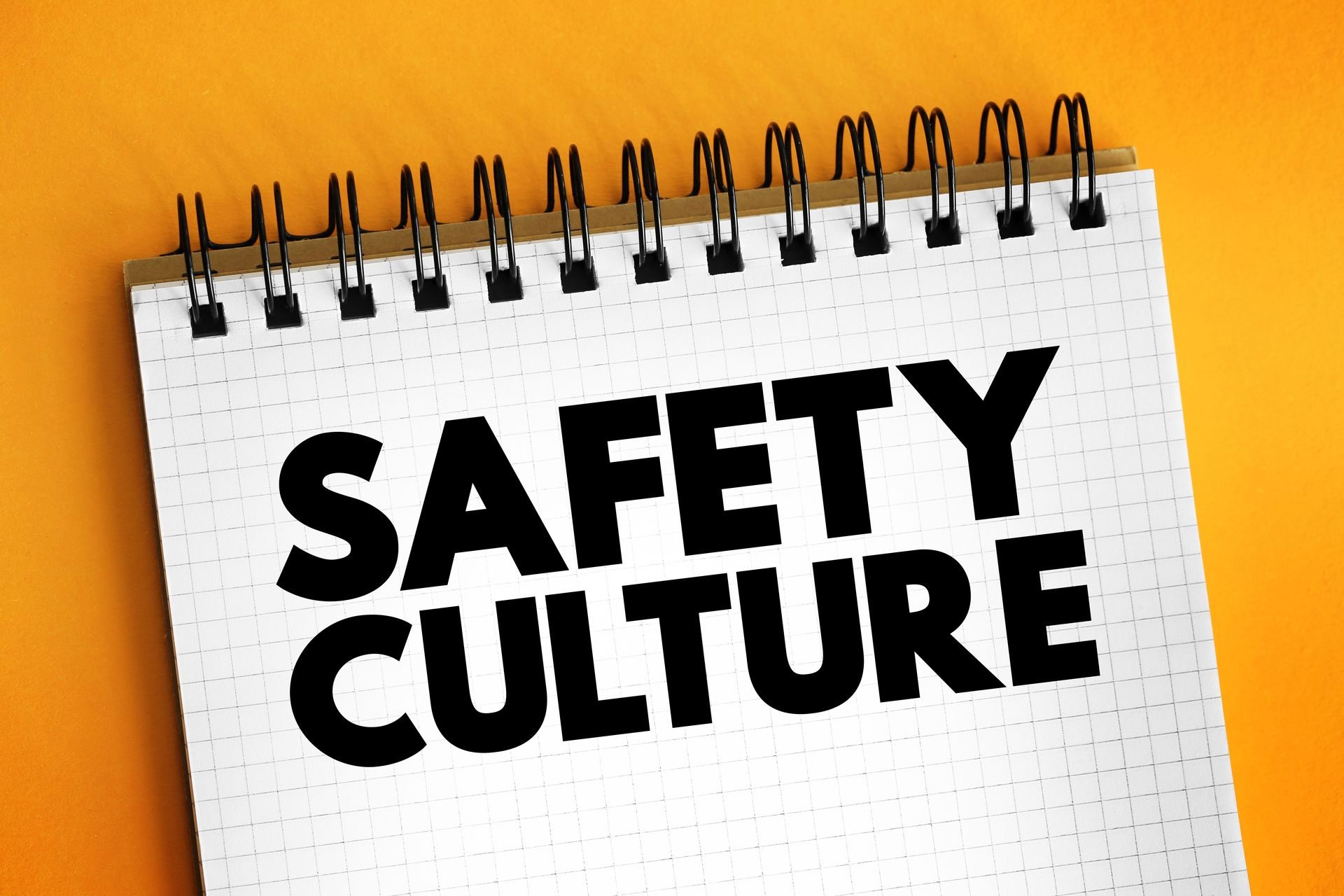Improved construction safety management and culture minimize the risk of worksite accidents and improve worker output. According to The National Safety Council (NSC), $163.9 billion in liabilities was paid out to workplace accidents in 2020.
On the other hand, prioritizing workplace safety culture benefits employees by protecting their health and promoting inclusivity.
As a result, making safety a core component of your worksite culture will improve the overall efficiency of your organization.
In this article, you will learn all of the benefits of a construction safety culture and seven concrete steps to improve your construction safety culture.
Benefits of Construction Safety Culture
Safety is an obvious concern that we take for granted in our day-to-day lives. However, construction safety culture goes beyond minimizing liability and saving money.
According to OSHA, workplace safety culture is “the atmosphere created by (a shared set of) beliefs, attitudes, etc., which shapes our behavior.” Under this umbrella term, construction safety culture impacts every aspect of your worksite, from how you communicate with employees to how each holds the other accountable.
As such, the benefits of improving construction safety culture will include:
- Reduced liability from a workplace injury
- Reduced damage to equipment and vehicles
- Improved worker output by reducing downtime
- Incentivizing higher worker engagement
- Improved communication across the organization
- The creation of new leadership positions to empower fellow employees
- Increased organizational transparency
- Reduced employee turnover
However, achieving these goals is simply more than investing in more training materials. Improving workplace output and safety means creating a better culture.
7 Ways to Improve Construction Safety Culture
1. Work with a Consultant to Develop Best Practices
Often, developers need to be made aware of the number of workplace risks that exist, which makes creating a construction safety plan and promoting a positive culture incredibly difficult. However, a construction safety consultant can work with you to identify risks on your worksite and implement best practices that help promote positive cultural change at your worksite.
Some changes include developing new training materials and workplace incentives to engage employees.
The earlier you work with a consultant, the more risks you’ll be able to identify and overcome.
2. Create Incentives for Training
Part of creating a successful workplace culture in any corporate setting is receiving appropriate “buy-in” from your employees. As most employees will tell you, safety is not always a 24/7 concern for them, and their eyes tend to gloss over each time you set them in front of a training video.
However, creating financial and organizational incentives for completing additional safety courses can improve employee “buy-in” and make them more engaged during the training process.
3. Improve Workplace Accountability
“Buy-in” will be virtually impossible if employees are not held accountable for committing poor or improper actions on the worksite that leave them and their peers liable to harm. Furthermore, a lack of accountability reinforces bad habits, as no one is there to correct them before they become muscle memory.
Clearly define safety rules and empower employees to speak up when another one violates these rules. Remind employees that any consequences they suffer are only meant to reinforce positive actions and improve workplace safety.
4. Conduct Period Onsite Inspections
Another way to curb bad habits is to conduct daily onsite inspections with worksite leaders to ensure all personal protective equipment (PPE) is being used and best practices are being followed.
In addition, encourage employees to inspect equipment before use, and create daily procedures for inspections that ensure worksite conditions are always safe.
5. Make Employee Health a Top Priority
On the flip side, if you want to cultivate greater employee “buy-in,” you need to communicate the benefits of construction safety culture to them.
While we tend to focus more on hazard controls, implementing policies to prevent soft tissue injuries, heat strokes, and other avoidable forms of injuries can go a long way in reducing your liability and improving output.
Likewise, make mental health a focus by creating safe spaces for employees to communicate with one another and find ways to reduce stress on the job site.
6. Learn to Navigate Language Barriers
Create a more inclusive workforce by navigating around language barriers to reinforce these same safety principles to foreign language speakers.
According to one survey, the construction industry faces the largest gap between skilled laborers who speak another primary language and contractors able to communicate with them effectively.
There are several ways to navigate language barriers, whether Spanish-speaking trades or any language, to communicate your goals and beliefs uniformly.
7. Designate Specific Safety Leaders
Finally, you can create additional oversight by creating specific roles at your company devoted to promoting worksite safety. These added roles can come with additional pay and benefits, or be their own positions, depending on the size of your company.
Either way, tasking leaders in your company with focusing on construction safety will help your track and reach your goals faster.
We often hear about the importance of promoting safety as a core cultural component of any worksite. However, construction safety culture is more than just reducing the risk of injury. While important, construction safety culture also prioritizes communication, employee engagement, and inclusivity.
By following these seven simple steps, you can improve your construction safety culture and the overall culture of your worksite.

